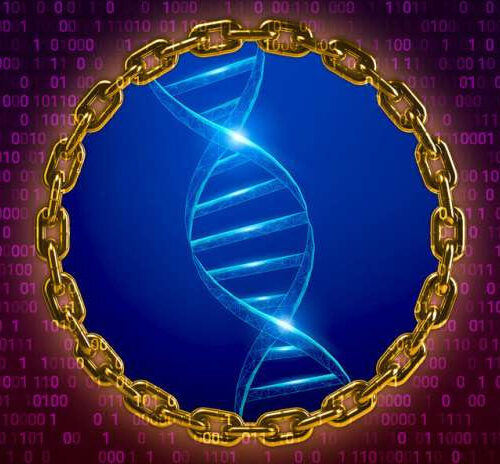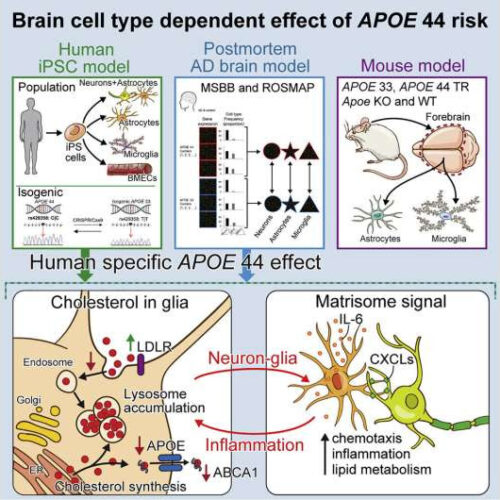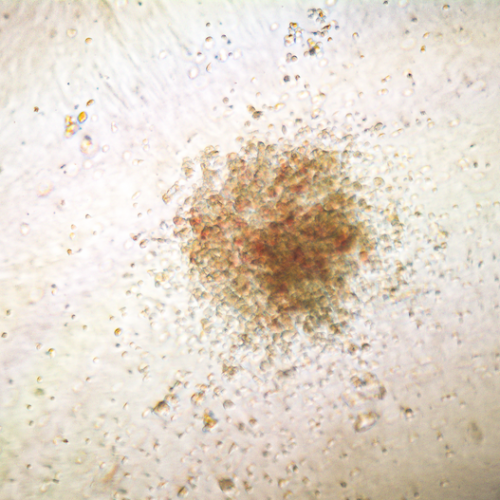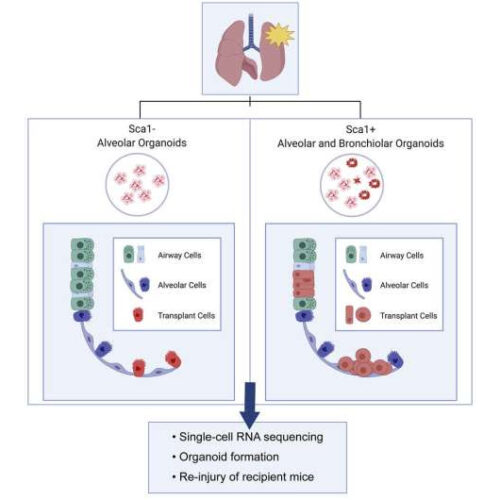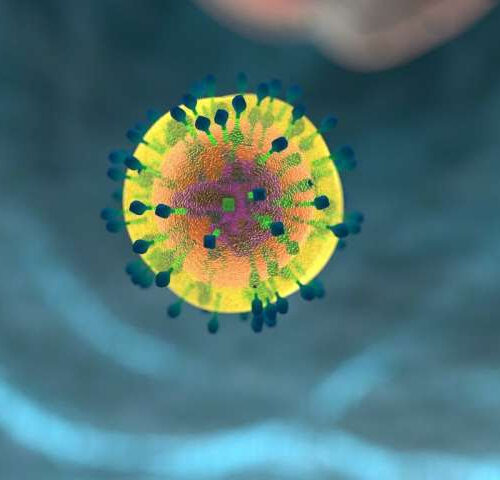by Bill Hathaway, Yale University Credit: Michael S. Helfenbein Blockchain is a digital technology that allows a secure and decentralized record of transactions that is increasingly used for everything from cryptocurrencies to artwork. But Yale researchers have found a new use for blockchain: they’ve leveraged the technology to give individuals control of their own genomes. Their...
Category: <span>Genetics</span>
New AI platform for people with genetic disorders
An AI-powered, virtual platform is being developed to improve care for patients living with genetic disorders, as part of a Digital Health CRC project led by Peter MacCallum Cancer Centre and the Swinburne University of Technology. The online cloud-based platform, named GENIE, will initially focus on familial cancers and cardiac conditions, providing patients with guidance on...
SeqScreen can reveal ‘concerning’ DNA
It’s a given that certain bacteria and viruses can cause illness and disease, but the real culprits are the sequences of concern that lie within the genomes of these microbes. Calling them out is about to get easier. Years of work by Rice University computer scientists and their colleagues have led to an improved platform...
Researchers untangle the APOE4 gene, the most significant genetic risk factor for Alzheimer’s disease
by Boston University School of Medicine Graphical abstract. Cell (2022). DOI: 10.1016/j.cell.2022.05.017 Alzheimer’s disease (AD) is a progressive neurodegenerative disorder and the most common cause of dementia, affecting more than 5.8 million individuals in the U.S. Scientists have discovered some genetic variants that increase the risk for developing Alzheimer’s; the most well-known of these for people over...
Dysfunctional gene discovery leads to potentially treatable hearing loss
by University of Miami Credit: Pixabay/CC0 Public Domain Researchers at the John T. Macdonald Department of Human Genetics and John P. Hussman Institute for Human Genomics at the University of Miami Miller School of Medicine have found that inherited mutations in the MINAR2 gene caused deafness in four families. The gene variation mostly affects the...
A fine-tuned gene editor
MAX DELBRÜCK CENTER FOR MOLECULAR MEDICINE IN THE HELMHOLTZ ASSOCIATION IMAGE: CELL COLONY DIFFERENTIATED FROM GENE REPAIRED HUMAN HEMATOPOIETIC STEM CELLS. ONLY THE REPAIRED STEM CELLS COULD FORM SUCH A COLONY. CREDIT: KLAUS RAJEWSKY LAB, MDC The molecular tool CRISPR-Cas9 can be used to treat inherited blood disorders, but this may cause unintended genetic alterations....
Cell therapy for lung disease? Proof-of-concept study shows promise
by Nancy Fliesler, Children’s Hospital Boston Graphical abstract. Credit: Cell Reports (2022). DOI: 10.1016/j.celrep.2022.110662 Many serious pulmonary diseases, including genetic lung diseases, lack an effective treatment other than the most extreme: lung transplant. A team at Boston Children’s Hospital envisions a much better option: cell therapy, using lung stem cells created from patients’ own cells to repair...
Study shows genotype leads to discontinued, decreased medication
by Vanderbilt University Medical Center Credit: Pixabay/CC0 Public Domain Patients whose race is recorded as Black in their electronic health record (EHR) are more likely to have azathioprine, an immunosuppressant medication, discontinued or its dose reduced because their laboratory results show a low white blood cell count. This lab finding was not a factor of...
Scientists unravel mystery of rare neurodevelopmental disorder, provide definitive diagnoses to 21 families worldwide
by Susan Murphy, Mayo Clinic Individuals with KCNK9 imprinting syndrome. A KCNK9 coding exons showing all variants by predicted protein change using ProteinPaint (St. Jude Children’s Research Hospital). The number in the circle represents the number of families described with the variant, no number = 1 family. Previously published variants are gray. B TASK3 protein topology schematic...
TCF-1 protein plays essential role in breaking down barriers as T cells form
by Perelman School of Medicine at the University of Pennsylvania Credit: CC0 Public Domain The protein TCF-1 enables various parts of otherwise insulated DNA segments to intermingle in a way that is required for the development of T cells—a key element of the body’s immune system—and the role this protein plays in T cell creation...

